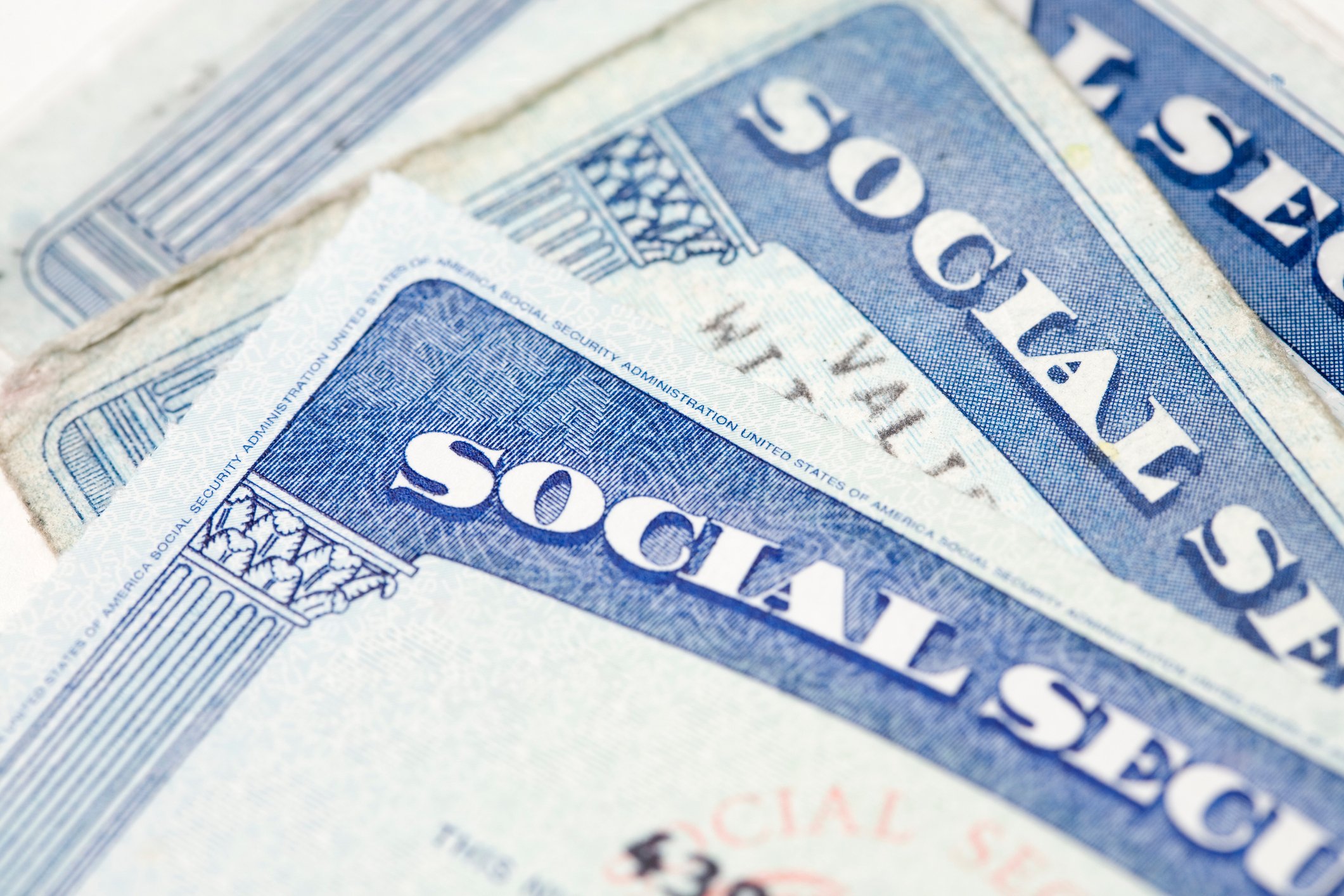Medicare provides crucial health benefits to countless seniors who'd otherwise be lost without it. Here are three easy ways to make the most of Medicare once it's your turn to enroll.

IMAGE SOURCE: GETTY IMAGES.
1. Sign up on time
Enrolling in Medicare on time doesn't just ensure that you get the health coverage you need; it also helps you get that coverage at the lowest possible rate. Once you become eligible for Medicare, you get a seven-month window to sign up. This window is known as your initial enrollment period, and it starts three months before the month you turn 65 and ends three months after the month you turn 65.
If you don't sign up for Medicare during your initial enrollment period, your next option is to do so during the general enrollment period that runs from January 1 through March 31 every year. But if you miss that initial opportunity, you'll face a 10% increase in your Part B premium for every 12-month period you were eligible for Medicare but failed to enroll.
Now if you're already getting Social Security by the time you become eligible for Medicare, you'll probably be enrolled automatically (though this doesn't always happen). But if you're not already on Social Security, you'll need to be more proactive.
Furthermore, if you enroll late, it's not just Medicare Part B you'll need to worry about. If you go too long -- specifically, 63 days or more -- without a Part D prescription drug plan, you could face a late enrollment penalty there as well. This penalty is calculated by taking 1% of the national base beneficiary premium, which, for 2017, is $35.63, and multiplying it by the number of full months you go without coverage. That number is then rounded to the nearest $0.10 and added to your monthly Part D premium. So if you go without coverage for 30 months, you'll pay a penalty of $10.70 per month in addition to your premium.
2. Review your prescription drug needs
Medicare enrollees have a host of Part D plans to choose from, but without a solid understanding of your medication needs, selecting the right plan will be next to impossible. Some Part D plans, for example, charge copays for medications, while others charge participants a percentage of their drug costs (which can increase during a given plan year). To find the right plan, you'll need to make a list of your prescriptions, see which ones are available generically, and then compare your options for coverage.
While you might gravitate toward a drug plan with a lower premium, keep in mind that a plan with a higher premium might offer better coverage for the specific medications you take. You can use Medicare's plan finder tool to compare your options and identify the Part D plan that's right for you.
3. Get your free depression screening
Retirement can be a rewarding period in your life, but having too much free time on your hands can backfire as well. It's estimated that one out of every six adults 65 and over suffers from depression. In fact, a study conducted by the Institute of Economic Affairs found that retirement increases the likelihood of clinical depression by 40%.
Unfortunately, a large number of retirees who suffer from depression aren't aware or don't seek treatment, which, in turn, can lead to other health problems. It's for this reason that depression screenings are one of the most crucial benefits offered by Medicare. Enrollees are entitled to a free depression screening every year, so even if you're not sure you're having symptoms, it pays to take advantage. A single appointment could help you get the treatment you need, and save you money on other health issues in the long run.
The more you know about Medicare and its different plans, the better equipped you'll be to take advantage of the program's benefits. If you're close to being eligible, it pays to read up on how Medicare works so you can go in prepared.





